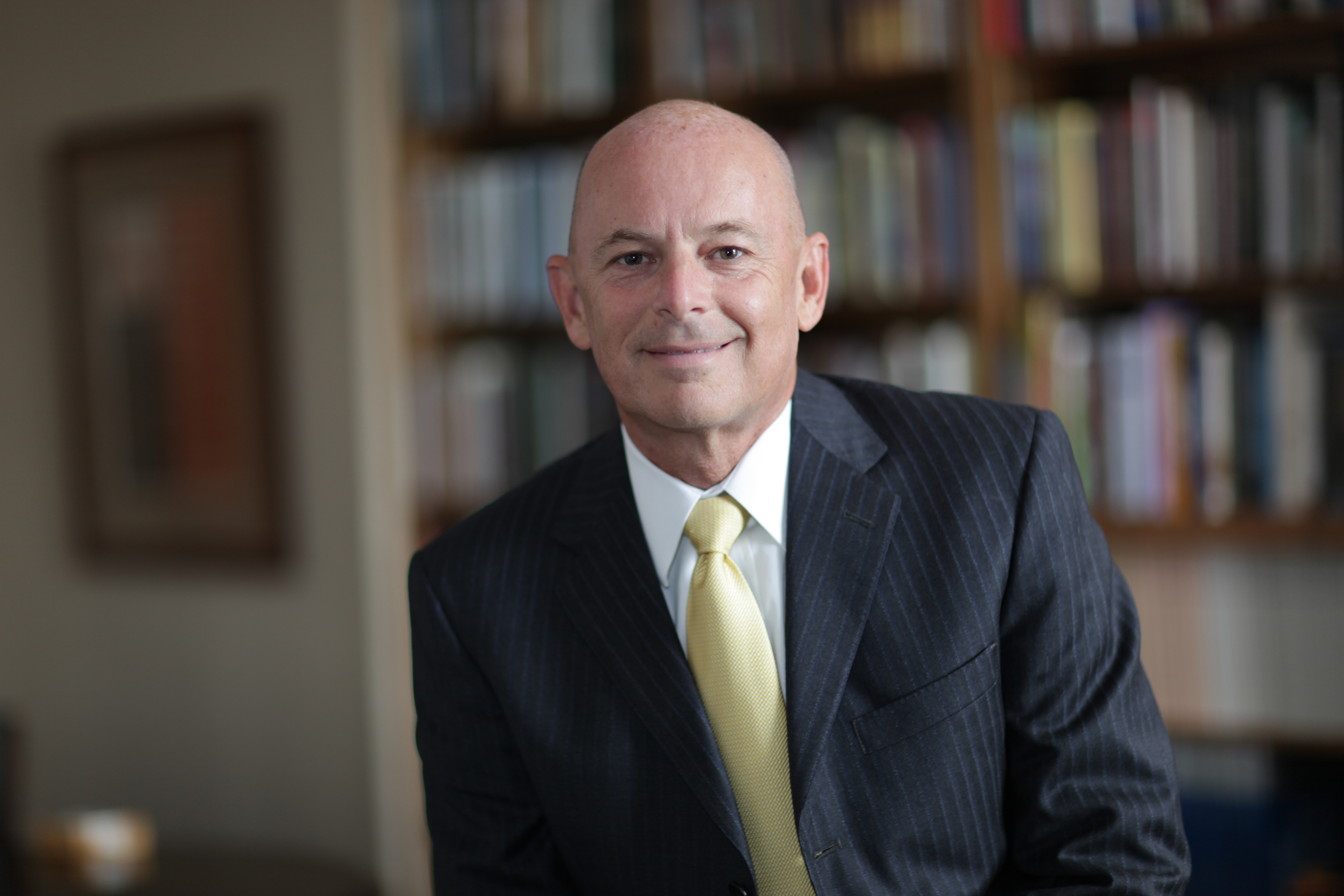Statewide Program about Risks of Early Sexual Behavior Proves Beneficial, Baylor Case Study Finds

Researcher Byron Johnson, Ph.D., director of Baylor University's Institute for Studies of Religion
Follow us on Twitter:@BaylorUMedia
Contact: Terry Goodrich,(254) 710-3321
WACO, Texas (Dec. 19, 2016) — Ohio students showed marked improvement in their understanding of the consequences of early sexual activity, the influence of peer pressure and other issues related to high-risk activities following statewide community-based programming during the 2014-15 academic school year, according to an analysis by Baylor University’s Institute for Studies of Religion (ISR).
The Ohio Adolescent Health Centers (OAHC) serve as a unique statewide intermediary of 19 community-based organizations addressing high-risk youth behavior through relationship skills-building and related sexual risk avoidance (SRA) strategies across Ohio, said ISR Director Byron Johnson, Ph.D., Distinguished Professor of the Social Sciences and director of ISR’s Program on Prosocial Behavior.
“According to the Centers for Disease Control, America’s worsening sexually transmitted disease epidemic is a clear call for better prevention. This preliminary study gives us a glimpse of an educational intervention that can help young people make better decisions,” said Johnson, who analyzed survey data from students participating in the program.
The most widely implemented method of SRA education through the OAHC is curriculum-based programming offered to students ages 12-18 during the school day. Provider partners use one of six curricula in classes ranging in length from five days to the full school year, with classes averaging between 20 and 30 students per class.
The results from ISR’s carefully designed sampling of the more than 100,000 students receiving programming indicate that OAHC achieved the following outcomes:
1. An increase, ranging from 32 percent (for ninth graders) to 42 percent (for seventh graders), from pre-program and post-program surveys in the number of students demonstrating an understanding of, and providing the expected answer, on general knowledge questions pertaining to sexual risk avoidance
2. An increase, ranging from 41 percent (for 10th to 12th graders) to 63 percent (for seventh graders) from pre- to post-program surveys in the number of students demonstrating an understanding of, and providing the expected answer on, personal knowledge questions pertaining to sexual risk avoidance
3. An increase, ranging from 21 percent (for eighth graders) to 31 percent (for 10th to 12th graders) from pre- to post-program surveys in the number of students demonstrating an understanding of, and providing the expected answer on, questions concerning personal intentions relating to sexual risk avoidance. This includes an overall 34 percent increase in the number of students pledging to remain abstinent until marriage after taking the sexual risk avoidance class.
Other key findings were:
The overall increases in students demonstrating an understanding were higher for students in Appalachian counties in comparison to students from urban and other counties in terms of: general knowledge (55 percent versus 39 percent); personal knowledge (55 percent versus 39 percent); and personal intent (33 percent versus 24 percent).
An analysis of the projected cost-benefits associated with providing SRA classes to an estimated 61,347 students, grades 7 to 12, during Academic School Year 2014-15 yields an estimated annual return of $5.12 for every dollar expended, an estimated annual cost savings of $11.5 million for the state of Ohio.
“The OAHC collaborative model has been successful in Ohio due in large part to the experience of those serving in several key roles,” said William Wubbenhorst, study co-author and non-resident ISR scholar. “The efficiency with which the collaborative was able to function and deliver services to students was due to the experience and cooperation of the OAHC partners and their dedication to providing SRA services to as many students as possible with the resources provided through the Ohio Department of Health.”
ABOUT BAYLOR UNIVERSITY
Baylor University is a private Christian University and a nationally ranked research institution. The University provides a vibrant campus community for more than 16,000 students by blending interdisciplinary research with an international reputation for educational excellence and a faculty commitment to teaching and scholarship. Chartered in 1845 by the Republic of Texas through the efforts of Baptist pioneers, Baylor is the oldest continually operating University in Texas. Located in Waco, Baylor welcomes students from all 50 states and more than 80 countries to study a broad range of degrees among its 12 nationally recognized academic divisions.
ABOUT THE INSTITUTE FOR STUDIES OF RELIGION
Launched in August 2004, the Baylor Institute for Studies of Religion (ISR) exists to initiate, support and conduct research on religion, involving scholars and projects spanning the intellectual spectrum: history, psychology, sociology, economics, anthropology, political science, epidemiology, theology and religious studies. The institute’s mandate extends to all religions, everywhere, and throughout history, and embraces the study of religious effects on prosocial behavior, family life, population health, economic development and social conflict. While always striving for appropriate scientific objectivity, ISR scholars treat religion with the respect that sacred matters require and deserve.